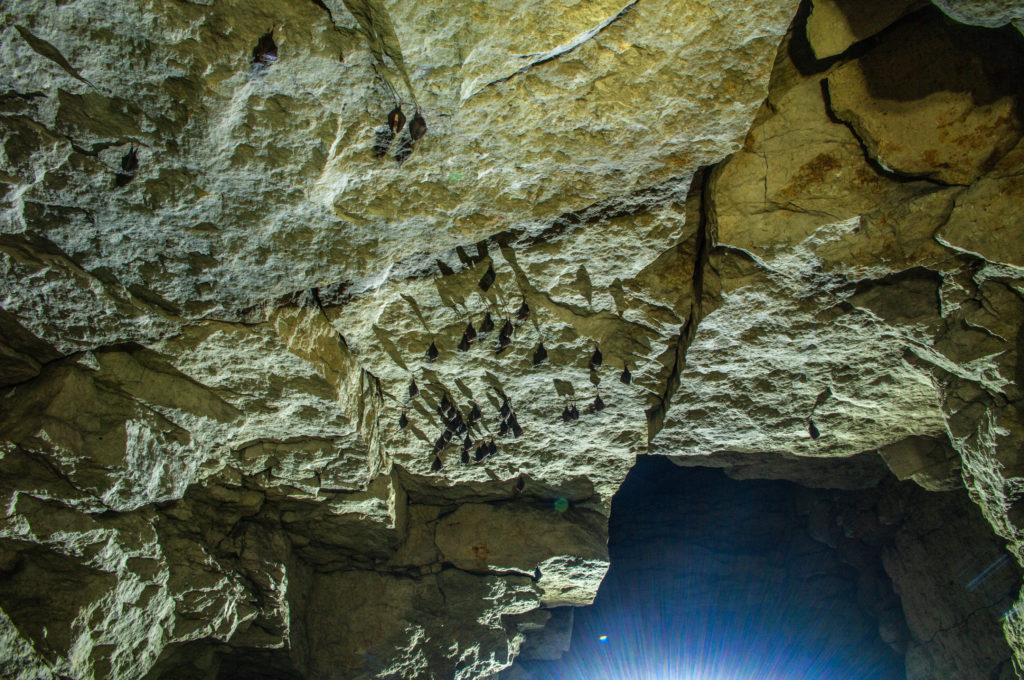
Chinese scientists from Wuhan Institute of Virology were called in to investigate and, after taking samples from bats in the mine, identified several new coronaviruses, WSJ reported.
What was initially dismissed as a conspiracy theory – that the virus that causes covid-19 may have leaked from a lab in central Chinese city of Wuhan – has resurfaced, and researchers are turning to the disused copper mine as ground zero to address unanswered questions about the miners’ mysterious and deadly illness and the possible link to the pandemic.
What was initially dismissed as a conspiracy theory has resurfaced, and researchers are turning to the disused copper mine as ground zero to address unanswered questions about miners’ mysterious and deadly illness and the possible link to the pandemic
The origin of the coronavirus has become highly politicised following accusations that China was not transparent in its early handling of the outbreak. Beijing has pushed the idea that the virus originated elsewhere.
At the height of the second wave of the pandemic in July 2020, a report in Independent Science News: A Proposed Origin for SARS-COV2 and the Covid-19 Pandemic by researchers Jonathan Latham and Allison Wilson suggested that SARS-CoV-2, the virus that causes the coronavirus covid-19, may not have originated at a Wuhan market in 2019 as widely reported – but instead in 2012, in the same mineshaft in Tongguan where the six workers were exposed to bats.
In December 2020, the BBC sent a team of reporters to the site to investigate, but were forced to turn around at a checkpoint on a remote dirt road, and trailed by plainclothes police.
In February, a member of the World Health Organization-led team searching for clues to the origins of covid-19 in Wuhan said work was needed to try to trace genetic elements of the virus in bat caves, Reuters reported.
Peter Daszak, a zoologist and animal disease expert, said the team in Wuhan had been receiving new information about how the virus, first identified in the city in late 2019, led to a pandemic. He did not elaborate but said there was no evidence to suggest it emerged from a lab.
Daszak was involved in research into the origins of Severe Acute Respiratory Syndrome (SARS) in 2002-2003, tracing its roots to bats living in a cave in southwest Yunnan province.
“Similar research needs to be done if we are going to find the true wildlife origin” of covid-19, said Daszak, president of the New York-based EcoHealth Alliance.
(With files from Reuters)




